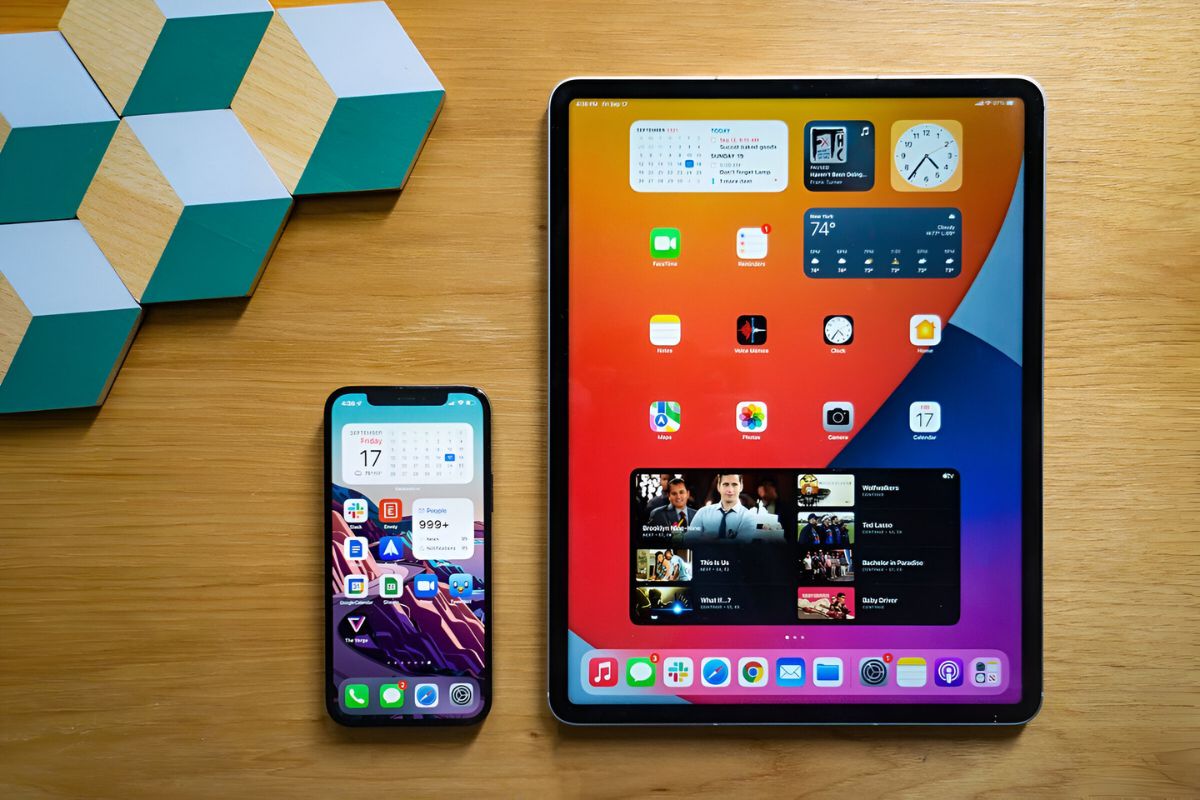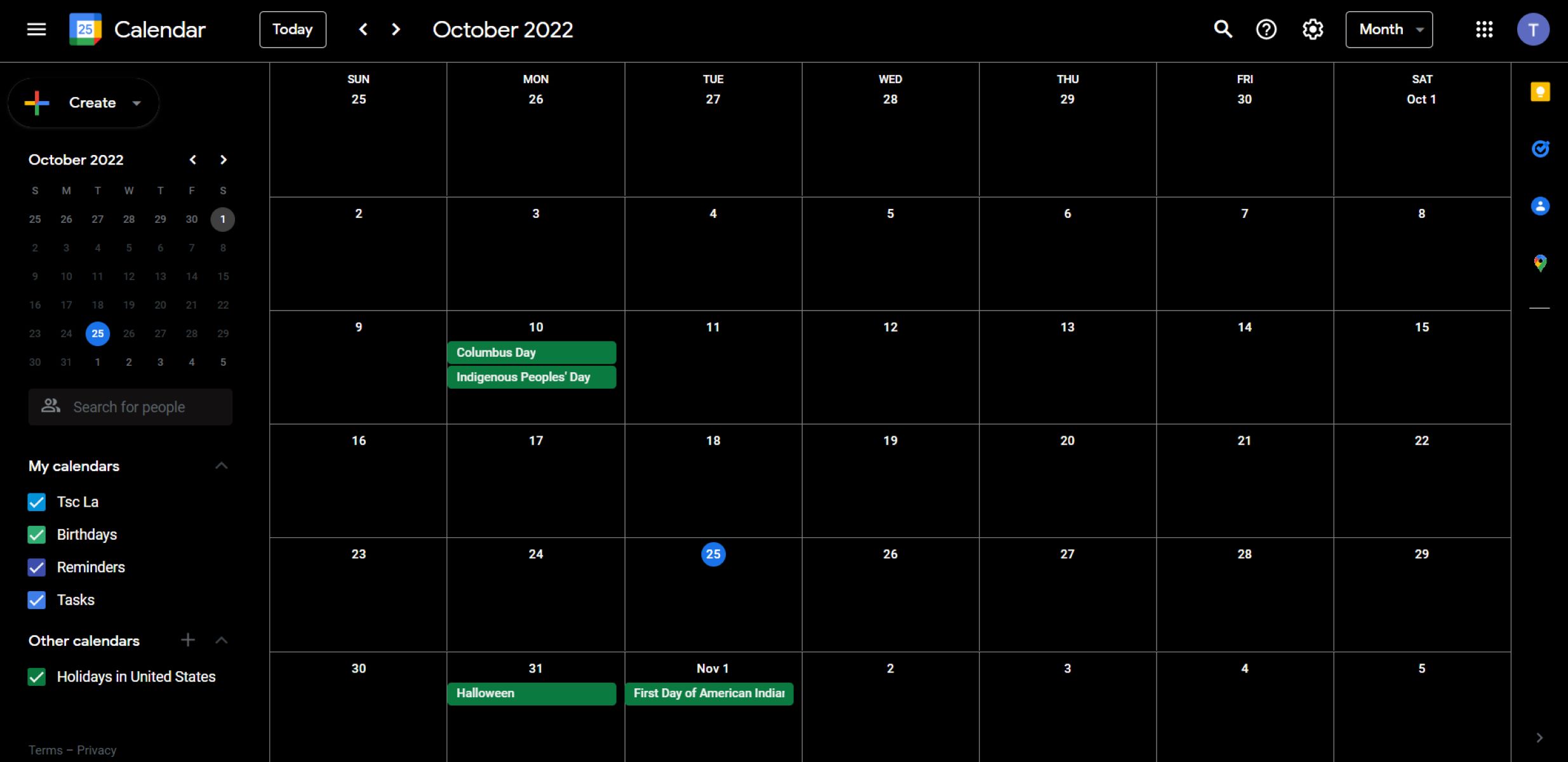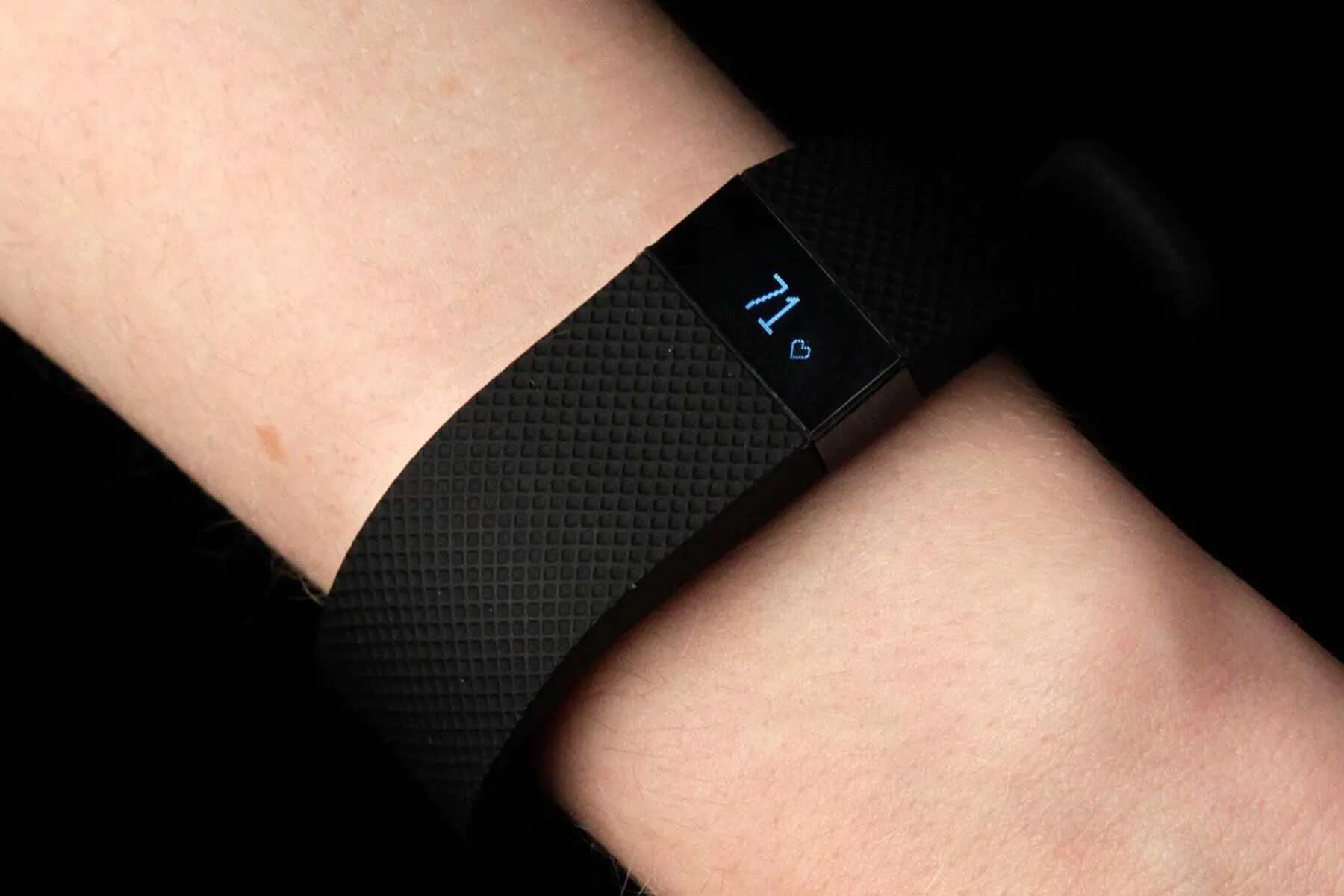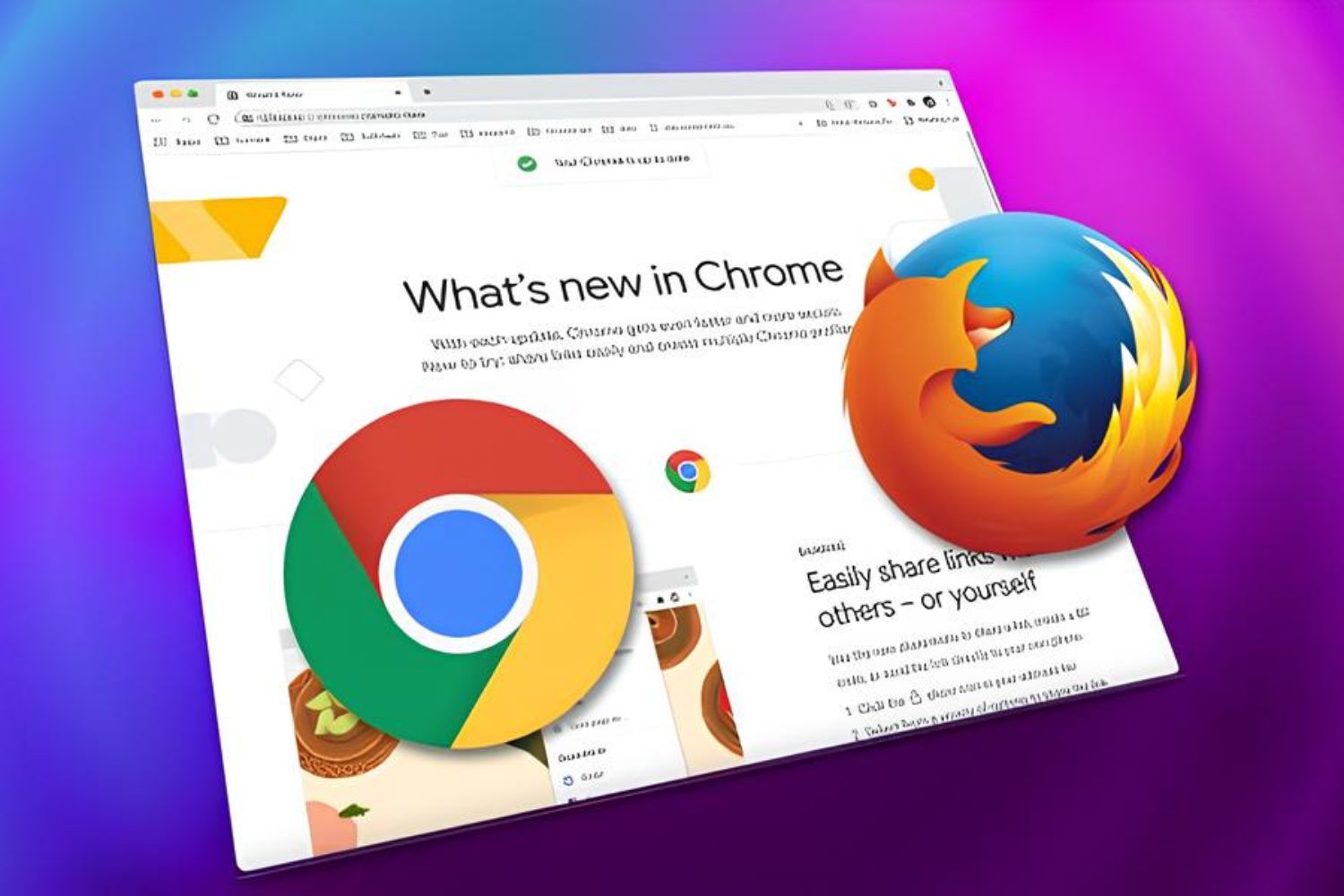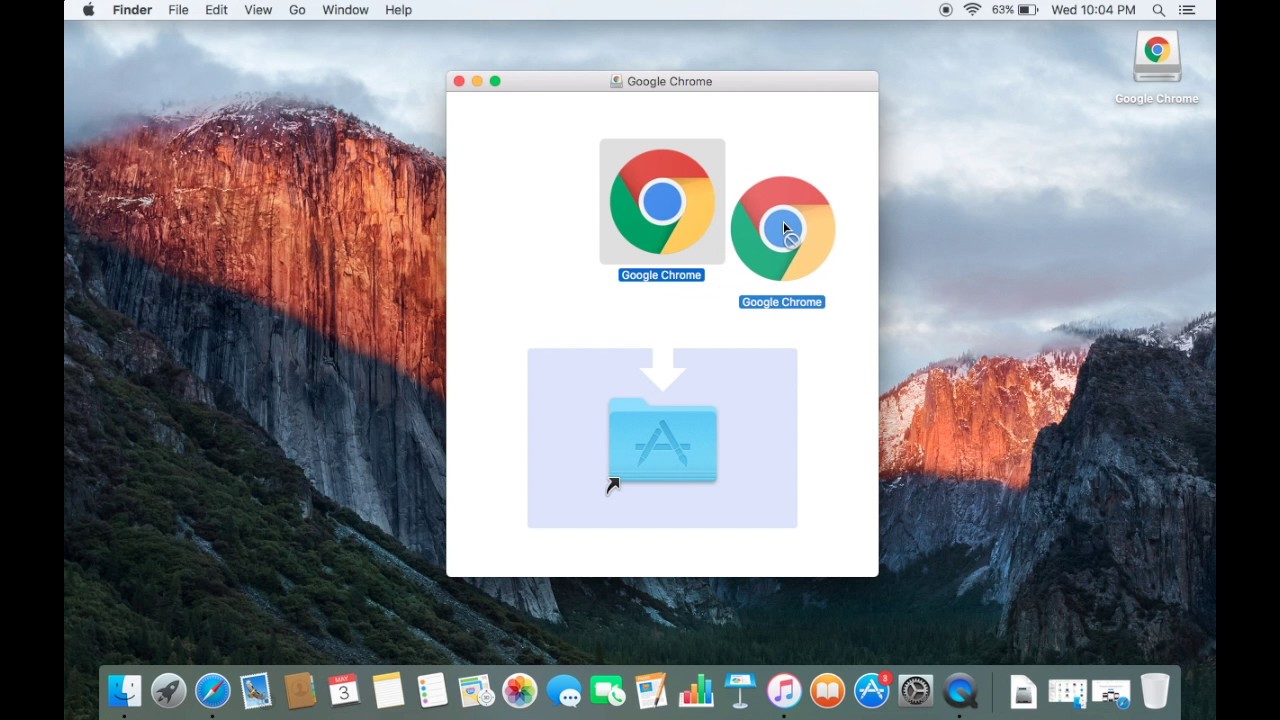Introduction
Google Chrome is a powerful and versatile web browser that offers seamless synchronization across multiple devices, allowing users to access their bookmarks, browsing history, and settings from any device. While this feature provides convenience and continuity, there are instances when users may want to unsync Google Chrome to maintain privacy or simply start afresh. Whether you're using Chrome on your desktop or mobile device, this article will guide you through the process of unsyncing your browser and regaining control over your browsing experience.
Unsyncing Google Chrome involves delinking your browsing data and settings from your Google account, effectively disconnecting it from the synchronization feature. By doing so, you can prevent your browsing activity from being shared across devices and ensure that your browsing experience remains independent on each device. Whether you're looking to unsync Chrome on your desktop computer or mobile device, the following methods will help you navigate the process with ease.
Now, let's delve into the step-by-step methods for unsyncing Google Chrome on both desktop and mobile platforms, empowering you to take charge of your browsing privacy and customization.
Method 1: Unsyncing Google Chrome on Desktop
Unsyncing Google Chrome on your desktop is a straightforward process that allows you to disassociate your browsing data and settings from your Google account. By following these simple steps, you can regain control over your browsing experience and ensure that your browsing activity remains independent on your desktop computer.
-
Open Google Chrome: Launch the Google Chrome browser on your desktop computer by clicking on the Chrome icon in your taskbar or desktop.
-
Access Settings: Once Chrome is open, click on the three-dot menu icon located in the top-right corner of the browser window. From the dropdown menu, select "Settings" to access the browser's settings.
-
Navigate to Sync Settings: Within the Settings menu, scroll down and click on "Sync and Google services" to access the synchronization settings for your Chrome browser.
-
Turn Off Sync: Under the "Sync and Google services" section, you will find the option to toggle the sync feature on or off. Click on "Turn off" to disable synchronization for your browsing data and settings.
-
Confirm Unsyncing: A confirmation dialog will appear, asking if you want to turn off sync. Click on "Turn off" to confirm and unsync your Google Chrome browser from your Google account.
-
Verify Unsyncing: To ensure that the unsyncing process is successful, you can check the synchronization status by revisiting the "Sync and Google services" section in the Settings menu. The sync feature should now be turned off, indicating that your browsing data and settings are no longer linked to your Google account.
By following these steps, you have successfully unsynced Google Chrome on your desktop computer, allowing you to maintain privacy and autonomy in your browsing experience. Whether you're looking to start fresh with a clean browsing slate or simply prefer to keep your browsing data separate from your Google account, unsyncing Chrome on your desktop empowers you to customize your browsing experience according to your preferences.
Unsyncing Google Chrome on your desktop computer is a simple yet effective way to take control of your browsing privacy and customization. By following these steps, you can ensure that your browsing data and settings remain independent from your Google account, providing you with the freedom to tailor your browsing experience to your liking.
Method 2: Unsyncing Google Chrome on Mobile
Unsyncing Google Chrome on your mobile device is a convenient way to disassociate your browsing data and settings from your Google account, providing you with greater control over your browsing privacy and customization. Whether you're using an Android or iOS device, the process of unsyncing Chrome on mobile is designed to be user-friendly and straightforward, empowering you to tailor your browsing experience according to your preferences.
To unsync Google Chrome on your mobile device, follow these simple steps:
-
Open Google Chrome: Launch the Google Chrome app on your mobile device by tapping on the Chrome icon from your home screen or app drawer.
-
Access Settings: Once Chrome is open, tap on the three-dot menu icon located in the top-right corner of the browser window to access the browser settings.
-
Navigate to Sync Settings: From the dropdown menu, select "Settings" to access the browser settings. Scroll down and tap on your account name to access the synchronization settings for your Chrome browser.
-
Turn Off Sync: Within the account settings, you will find the option to toggle the sync feature on or off. Tap on "Sync" to access the synchronization settings, and then toggle the switch to turn off synchronization for your browsing data and settings.
-
Confirm Unsyncing: A confirmation dialog will appear, asking if you want to turn off sync. Tap on "Turn off" to confirm and unsync your Google Chrome browser from your Google account.
-
Verify Unsyncing: To ensure that the unsyncing process is successful, you can revisit the synchronization settings to verify that the sync feature is turned off, indicating that your browsing data and settings are no longer linked to your Google account.
By following these steps, you have successfully unsynced Google Chrome on your mobile device, allowing you to maintain privacy and autonomy in your browsing experience. Whether you're looking to start fresh with a clean browsing slate or simply prefer to keep your browsing data separate from your Google account, unsyncing Chrome on your mobile device empowers you to customize your browsing experience according to your preferences.
Unsyncing Google Chrome on your mobile device is a simple yet effective way to take control of your browsing privacy and customization. By following these steps, you can ensure that your browsing data and settings remain independent from your Google account, providing you with the freedom to tailor your browsing experience to your liking.
Conclusion
Unsyncing Google Chrome on both desktop and mobile devices offers users the flexibility to maintain privacy, autonomy, and customization in their browsing experience. By delinking browsing data and settings from their Google accounts, individuals can ensure that their browsing activity remains independent on each device, providing a sense of control and personalization.
Whether users seek a fresh start with a clean browsing slate or prefer to keep their browsing data separate from their Google accounts, the unsyncing process empowers them to tailor their browsing experience according to their preferences. This level of customization is essential for individuals who value privacy and wish to manage their browsing data independently on each device.
Furthermore, unsyncing Google Chrome can be particularly beneficial for those who share devices with others, as it allows each user to maintain their browsing data and settings without interference from other synced accounts. This ensures that each user can enjoy a personalized browsing experience without compromising their privacy or data integrity.
In conclusion, the ability to unsync Google Chrome on both desktop and mobile platforms provides users with the freedom to control their browsing experience according to their preferences. Whether it's for privacy, customization, or maintaining individual browsing profiles on shared devices, unsyncing Chrome empowers users to take charge of their online activities and enjoy a personalized browsing experience tailored to their needs.









